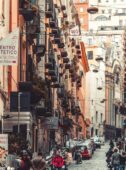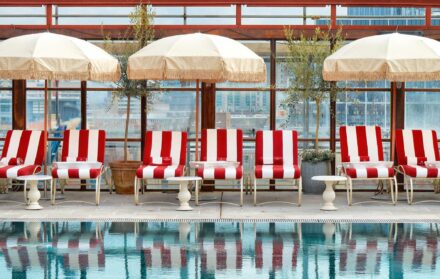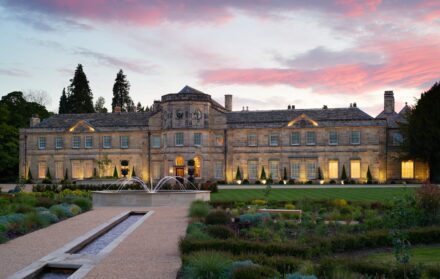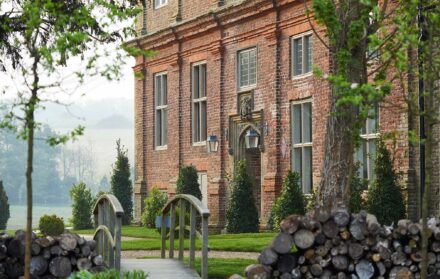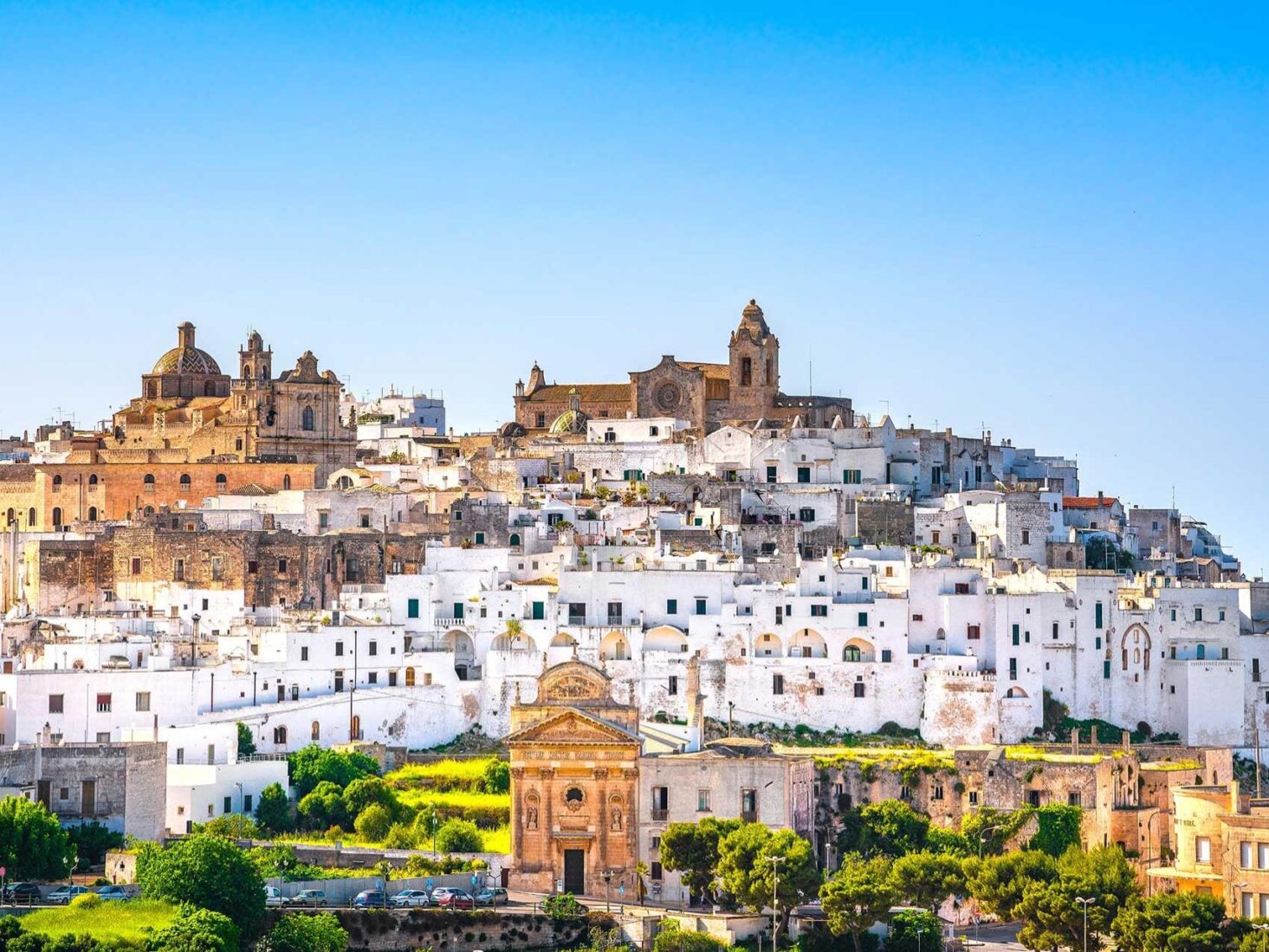
In Praise of Puglia: Holiday in the Heel of Italy’s Boot
Pretty towns and picturesque ports lend Italy's sun-bleached heel an inimitable charm
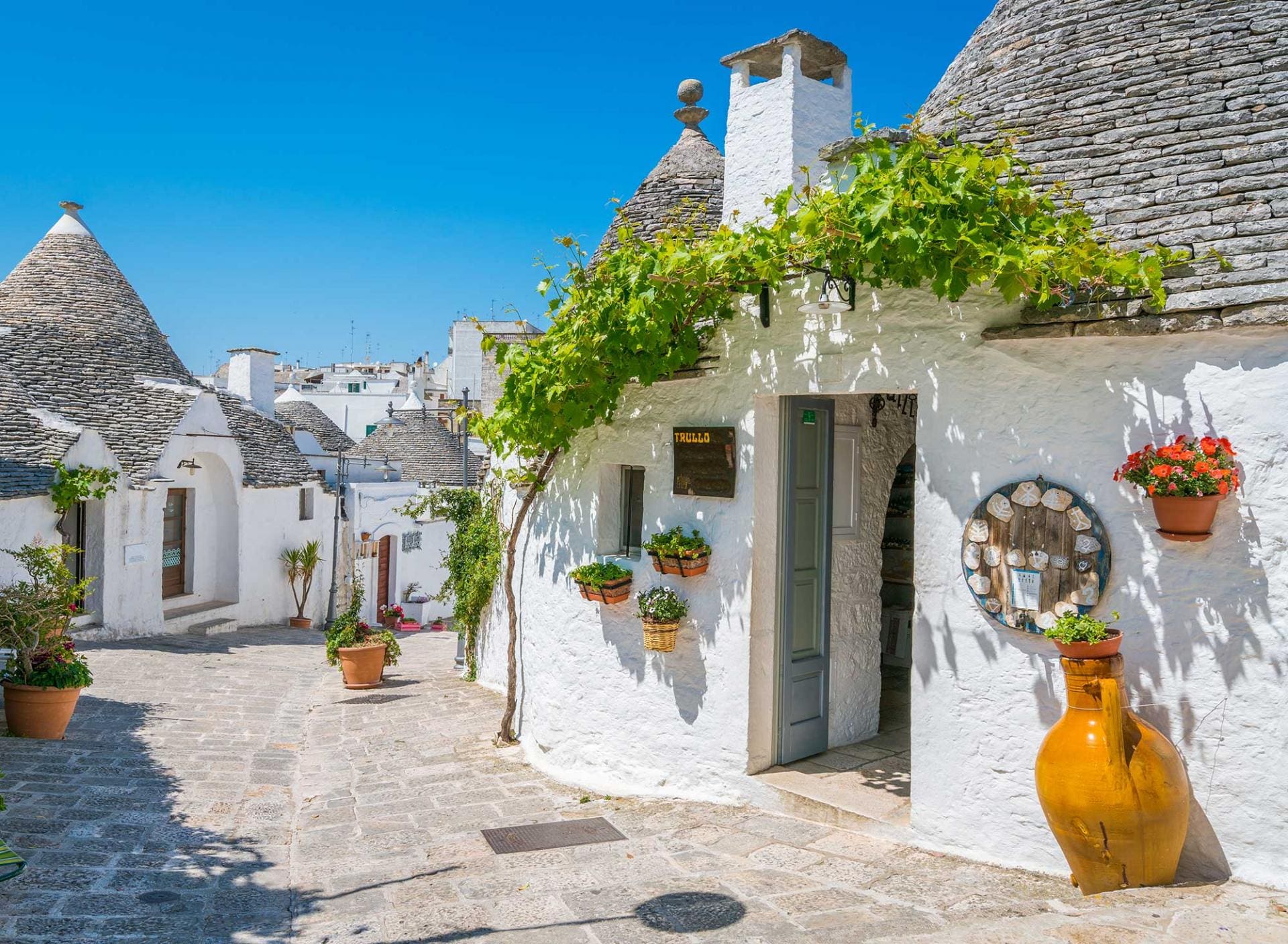
Puglia is, of course, famous for its conical-shaped ‘trulli’ – unique dwellings that enjoyed their golden age in the 19th-century and which remain predominantly intact, and in greatest concentration, around the town of Alberobello. Marvellous and endearing though they are, for me the real joy of this region lies in the extraordinary, spacious, whitewashed farmhouses that the locals call ‘masseria’.
I became so enthralled by their delights that I set out on a bicycle borrowed from my hotel to explore more of them locally – house-hunting for fun. After riding for 10 minutes, I came across a ‘for sale’ sign down a sun-dappled lane, overgrown with weeds, which invited me to nose further into a courtyard rife with neglect but rich with promise. The caretaker took me round the property and then popped me into his car to show me other masserias nearby. They all had grand limestone entrances, wide courtyards, copious outhouses and gorgeous steps leading up to the main solid farmhouse; they all had lemon and orange orchards, and vegetable gardens itching to be loved. Here were glimpses of a romantic, bygone era.
As well as its own sun-blessed climate, Puglia has its own unique style of ceramics. There’s a peculiar legend from feudal times regarding the the pupe con i baffi jugs, which portray moustachioed dolls, made in the town of Grottaglie. The story centres around an 18th-century winemaker from the nearby baroque town of Martina Franca who fell in love with a beautiful girl from Grottaglie and decided to marry her.
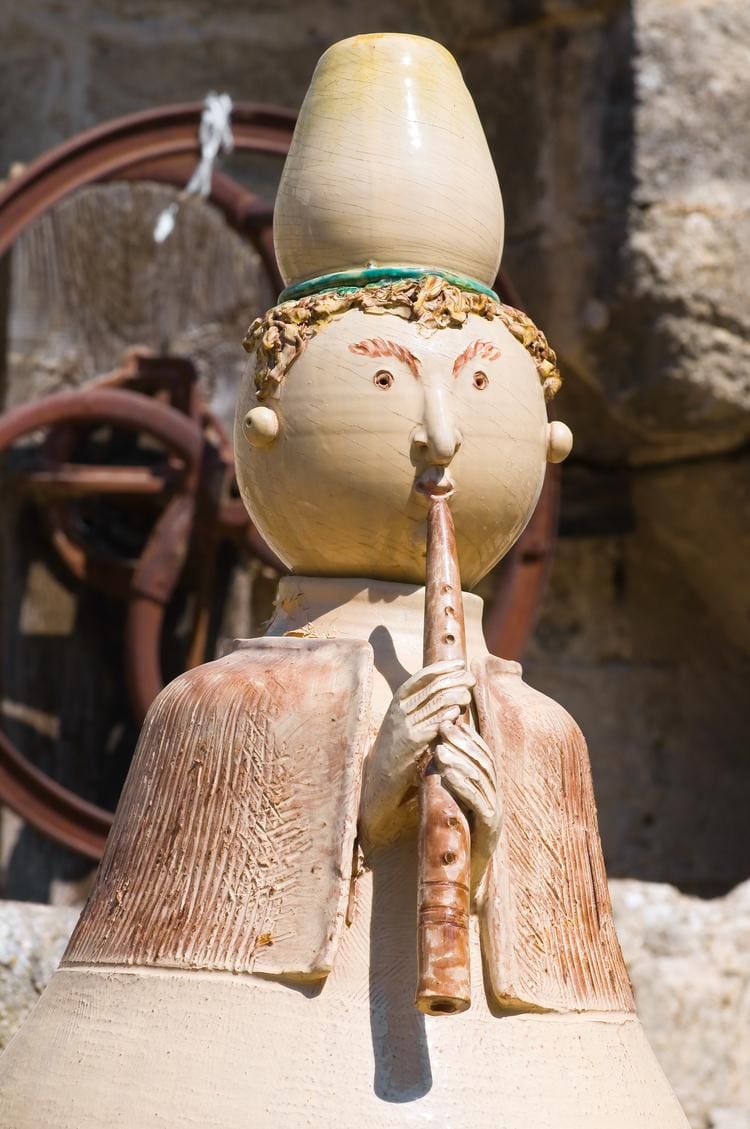
Back then, ‘ius primae noctis’ – or ‘right of the first night’ – meant that the lord of the manor had the right to possess any lower-class bride on her wedding night. To prevent his wife being deflowered, the winemaker dressed up as a woman and took her place.
Unfortunately, the man forgot to shave off his moustache, was identified immediately and brought to trial. To escape being beheaded he was ordered to deliver his best wine in flasks representing his camouflage, called ‘pupe’. So he coaxed the local artisans into producing about 700 of these human-shaped vases – which are still made today.
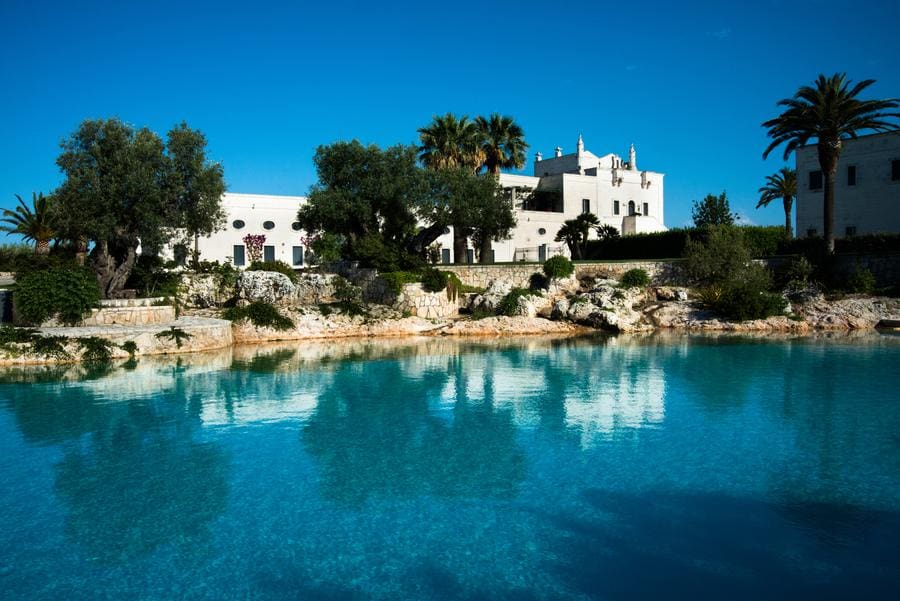
Locorotondo is a lovely town situated on the Murgia ridge, with panoramic views across the Itria valley and a grand Spanish-influenced baroque church. Old men seek shade in gardens; old ladies tend flowers in chapels and make ‘orecchiette con le cime di rapa’ – little ear-shaped pasta served with heads of broccoli.
Another must-visit is Polignano a Mare, where lunches are taken al fresco and skippers of small fishing boats pilot their passengers into caves like the one that houses Grotta Palazzese – the much-photographed indoor-outdoor restaurant set into the rock face. It’s all ‘trulli’ enchanting.
Where to stay
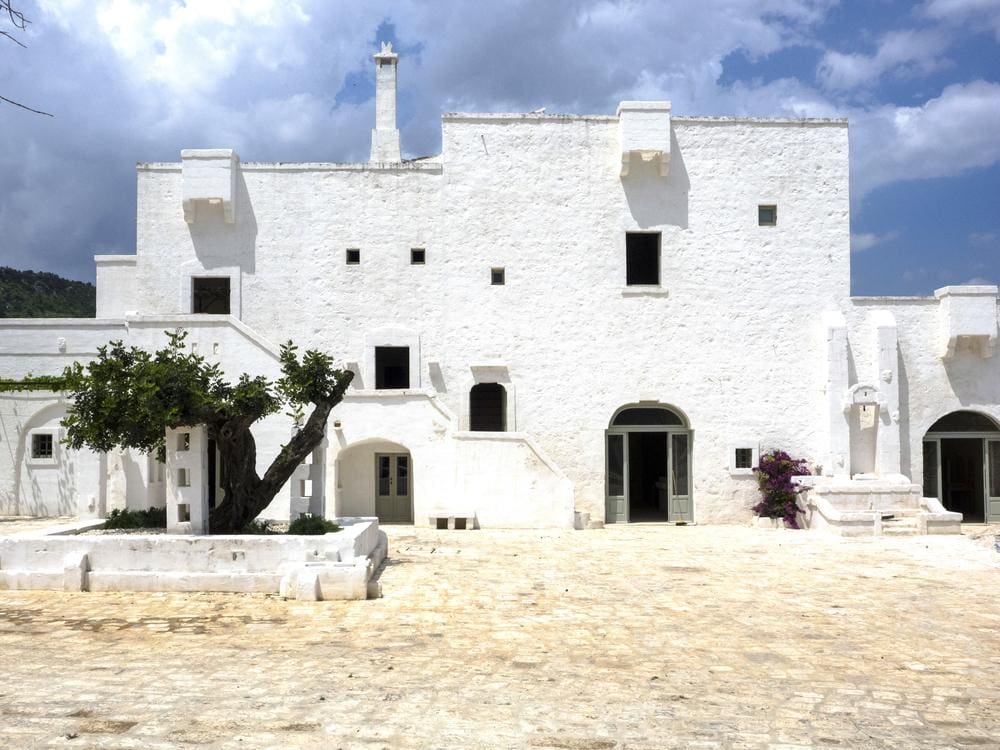
I stayed first at Masseria Le Carrube. Effortlessly chic, it’s why boutique hotels are often the best. Intimate and personal, the hotel is a true hideaway discreetly signposted down a long route of winding lanes. It’s located in a blissfully peaceful spot and cradled at the base of surrounding mountains, overlooking the Adriatic and a mere six kilometres away from the renaissance city of Ostuni.
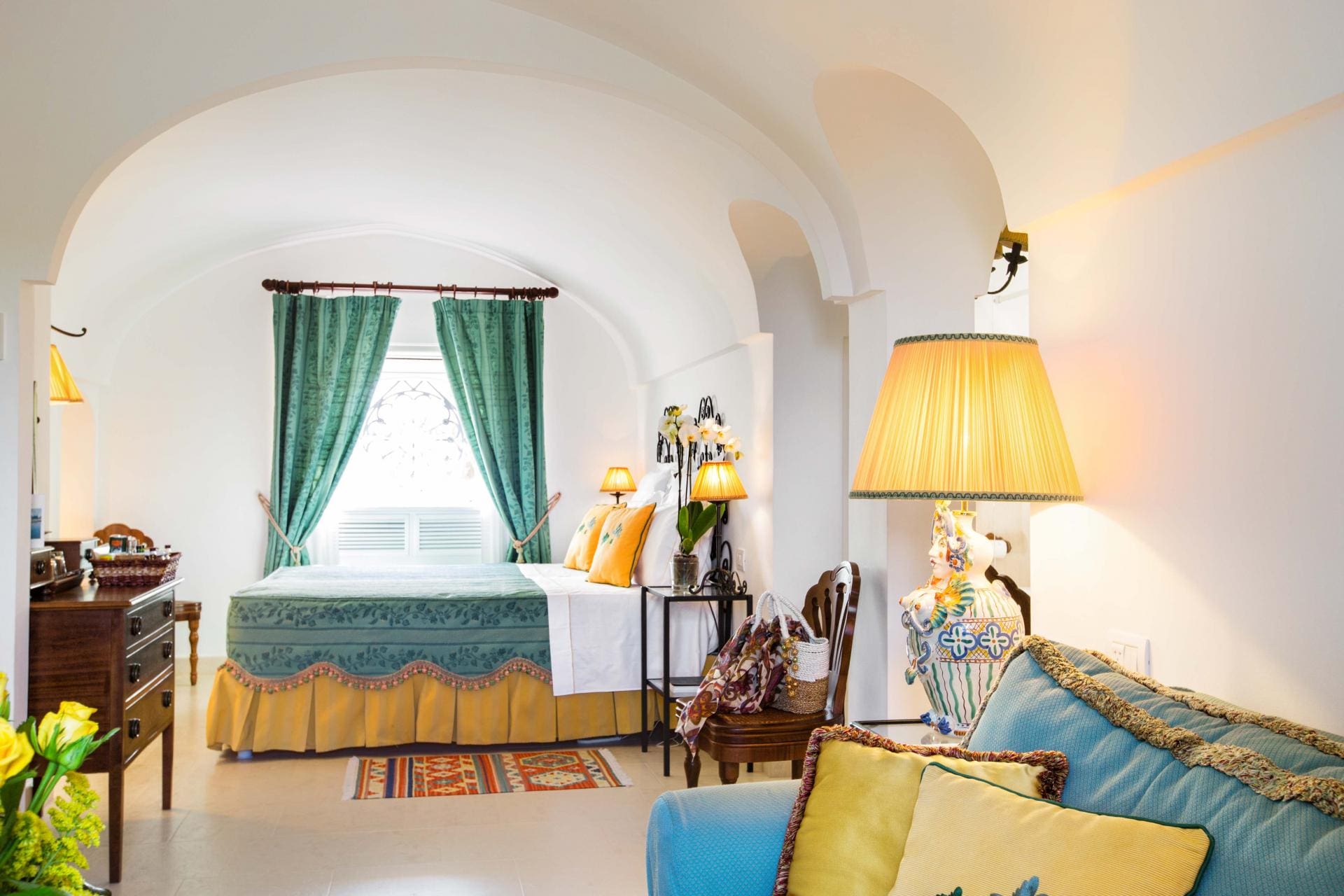
There’s a liberating sense of space both inside and out. Even when the hotel was at full capacity, it felt as though I had the place virtually to myself. The space is enhanced by the charming purity of the limestone flooring. Ranch-style walls line wide courtyards and the lemon trees on the patios keep the senses engaged. Inside, metal and wicker work blend to evoke the farmhouse’s history; the hues are natural and neutral and, refreshingly, no pictures are necessary as it’s all sufficiently picturesque. The interior is very simple, with various nooks and crannies now turned into chill-out areas.
A brave and progressive decision was taken to offer healthy vegetarian-only menus using seasonal vegetables that are locally sourced. Carrube means caroba and its edible pod – called a locust-bean – is offered at breakfast and tastes very much like chocolate. The meals commence with traditional bread baskets comprising frittelle di ceci (chickpea medallions), followed by an assortment of courgette, fennel, artichoke, aubergine, tomatoes and almonds garnished with pecorino, parmigiana or cream cheeses. The local red wines consist of ‘primitivo’ and ‘negro-amaro’ varieties. How wonderful to eat straight from the land.
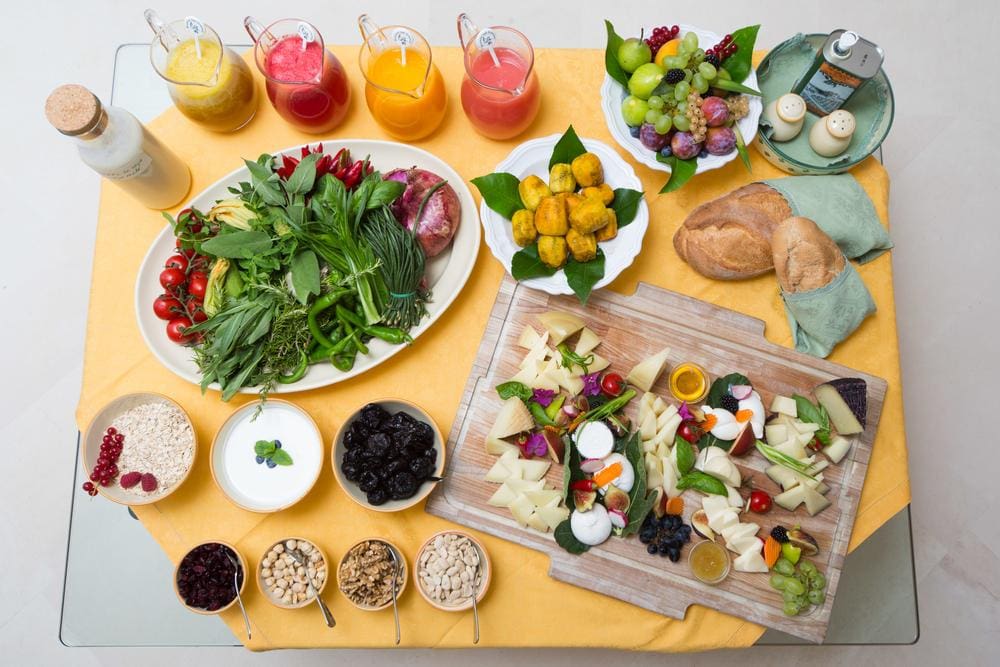
Alternatively, stay at at Masseria Le Carrube’s sister property, Masseria San Domenico. The rooms here are mini-apartments decorated and furnished in the hotel’s signature style, employing traditional, homely ceramics and pictures. The hotel’s amazingly equipped spa boasts treatments – chromotherapy, neomorphose, thermogenesis, algotherapy, aromaceane and pressotherapy – that are all highly restorative and all very balancing.
